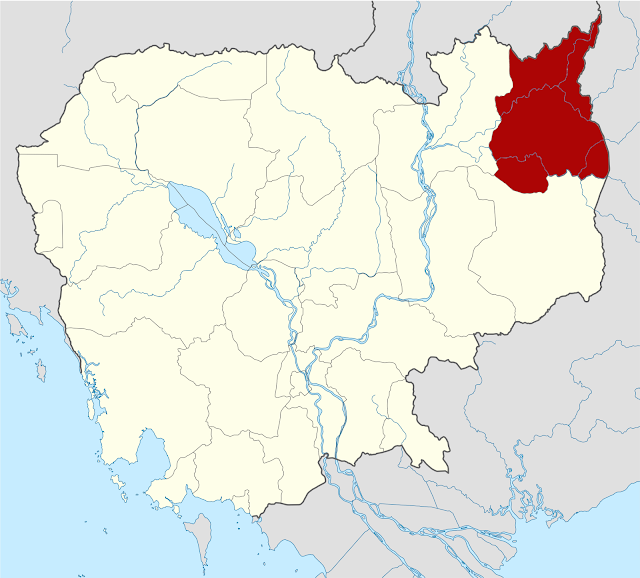A Definition of Culture
“Culture is everything that people have, think, and do as
members of their society.”
Culture is composed of . . .
- Material objects
- Ideas, values, and attitudes
- Expected
patterns of behavior
- All culture is learned.
- Culture is universal to human society.
- Culture is not value-neutral.
- All cultures are constantly undergoing change.
- Some cultures change more quickly than others.
- Not all cultures are equally complex.
- Virtually all cultures permit the development of sub-cultures.
- Culture can influence biology & biology can influence culture.
Functions of Culture
- Cultures
universally respond to human problems & challenges by developing
systems to deal with them.
- Economic
systems
- Marriage
& family systems
- Educational
systems
- Supernatural
belief systems
- Advantage: Is it superior to what already exists?
- Compatibility: Is it consistent with existing cultural patterns?
- Complexity: Is it easily understood?
- All cultures, to one degree or another, display ethnocentrism, or the tendency to evaluate a foreigner or outsider’s behavior by the standards of one’s own culture.
- All cultures also display the tendency to believe that they are somehow superior to all others.
- We take our own culture for granted.
- We see our behavior as “correct” and others’ as somehow “wrong.”
- Ethnocentrism can enhance group solidarity within a society.
- Ethnocentrism can also foster prejudice, contempt, inaccurate stereotypes, & conflict.
Domestic Cultural Variables
- Gender
- Ethnicity
- Age
- Ability
- Preference
Hofstede’s Dimensions Defined
- Power
Distance is a measure of the interpersonal power or influence between
a superior & subordinate
- Uncertainty
Avoidance is the extent to which members of a culture will seek to
reduce uncertainty or tolerate uncertainty by means of technology, law, or
religion.
- Individualism
is a measure of a culture’s behavioral focus, determining whether
decisions and behaviors are made by individuals acting alone or
collectively by social convention.
- Gender
is a measure of the extent to which social and cultural roles are defined
by sex and gender boundaries.
Dimensions of Culture
- Individualism vs. Collectivism
- Masculinity vs. Femininity
- High vs. Low Power Distance
- High vs. Low Uncertainty Avoidance
- Short-Term vs. Long-Term Orientation
- High vs. Low Context
- Immediacy & Expression
Cross-Cultural Communication Skills
- The capacity to accept the relativity of one’s own knowledge & perceptions
- The capacity to be non-judgmental
- A tolerance for ambiguity
- The capacity to communicate respect for other people’s ways, their country, & their values
- The capacity to display empathy
- The capacity to be flexible
- The capacity for turn-taking
- The
humility to acknowledge what you do not know or understand
The Effective Global Executive Should Be Able to:
- Develop & use global strategic skills.
- Manage change & transition.
- Manage cultural diversity.
- Design & function in flexible organizational structures.
- Work with others & in teams.
- Learn & transfer organizational
knowledge.






